Today's Matinee- Best of DOE's 2016 Nuclear Summit
https://www.youtube.com/watch?v=z3V_hr7GkYk
The ANS Nuclear Cafe is a blog owned and edited by the American Nuclear Society. Information contained on the ANS Nuclear Cafe has been provided by numerous sources. Therefore, the American Nuclear Society assumes no responsibility or liability for the accuracy of information contained herein. DISCLAIMER: The views expressed in posted articles do not necessarily reflect the views of the American Nuclear Society. The views expressed here are those of the individual authors. ANS takes no ownership of their views. The American Nuclear Society assumes no responsibility or liability for any use or operation of any methods, products, instructions, or ideas contained on this site.

A message from Electrical Builders, Ind.
America’s Top Performing Nuclear Plants Rely on Electrical Builders, Industries to Expand and Extend the Life of Their Critical Electrical Assets
https://www.youtube.com/watch?v=z3V_hr7GkYk
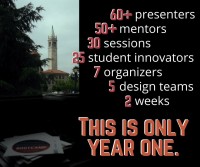 To increase the presence of nuclear energy as a clean energy source in the United States and around the world, we need new ideas, we need old ideas in the form of new companies, and we need technologies to make the leap from the lab bench or computer simulations to the real world. The DOE GAIN initiative will make national lab resources more available for small nuclear companies and startups, but for GAIN to make real inroads in the industry, the industry needs more startups.
To increase the presence of nuclear energy as a clean energy source in the United States and around the world, we need new ideas, we need old ideas in the form of new companies, and we need technologies to make the leap from the lab bench or computer simulations to the real world. The DOE GAIN initiative will make national lab resources more available for small nuclear companies and startups, but for GAIN to make real inroads in the industry, the industry needs more startups.
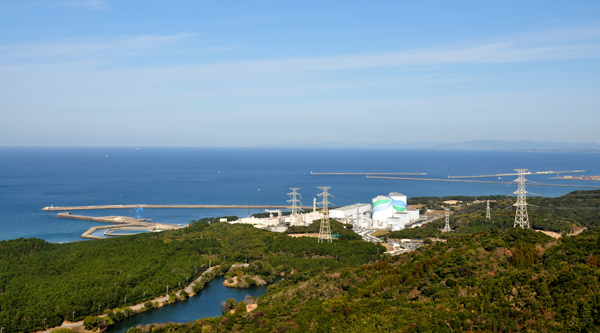
Sendai Nuclear Plant, courtesy Kyushu Electric Power Company
On August 26, a special meeting was arranged in Kagoshima Prefecture, Japan, which is the location of Kyushu Electric Power Company's Sendai Nuclear Plant. At that meeting, the newly elected prefectural governor, Satoshi Mitazono, presented Kyushu Electric Power Company President Michikai Uriu an official request to shut down the operating reactors at Sendai and repeat the safety checks performed on the nuclear plants.
This week on the Friday Nuclear Matinee we have a short double feature! Up first is a time lapse video from Georgia Power showing last weekend's movement of the million-pound CA20 module from the MAB or Modular Assembly Building and the module's emplacement at Vogtle Unit 4. This is the heaviest lift conducted in 2016; the Unit 3 CA20 module was placed prior to this year.
by Rosalind Reischer
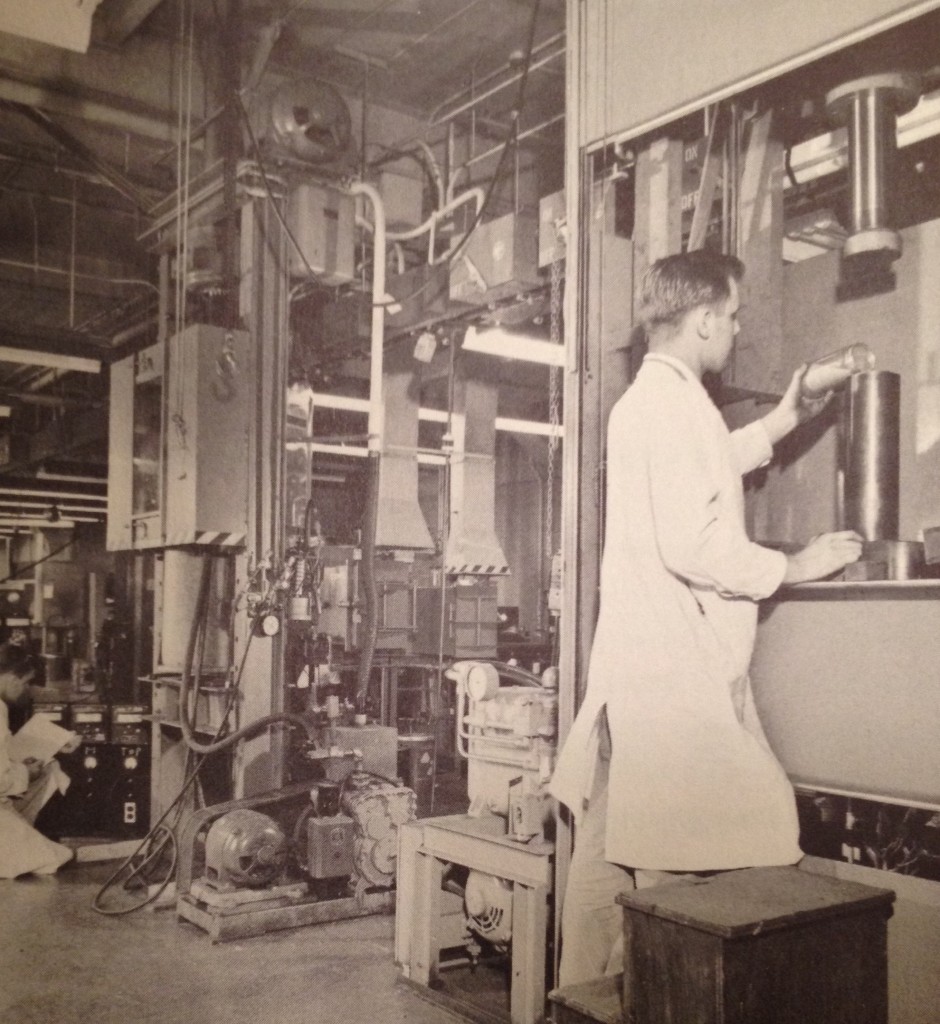
Powder Metallurgy Facility, Sylvania-Corning Nuclear Corporation, Bayside, N.Y. From Will Davis' collection.
The era of the "first nuclear build" in the United States (from the Manhattan Project of the Second World War at the earliest, through the final commercial plant orders in 1978) was by nature one of nearly continuous "firsts" in its opening decades, as nuclear energy moved from being a thought to a possibility to a reality and took on many forms and nuances.
by Arthur T. Motta
https://www.youtube.com/watch?v=KbxHk7go7UU
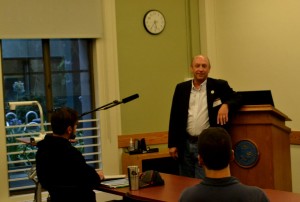
ANS President Andy Klein speaks to students at the Bootcamp
I had a chance to meet with the students at the Nuclear Innovation Bootcamp at the University of California, Berkeley, on August 10. We talked about the importance of nuclear energy, the value of membership in the American Nuclear Society (ANS) (I noted that most of the approximately 40 people in attendance already are ANS members), and the challenges to nuclear plant construction and operation. We also noted the successes in New York to include nuclear in their Clean Energy Standard and the announcement of the resulting important planned sale of the FitzPatrick plant to Exelon.
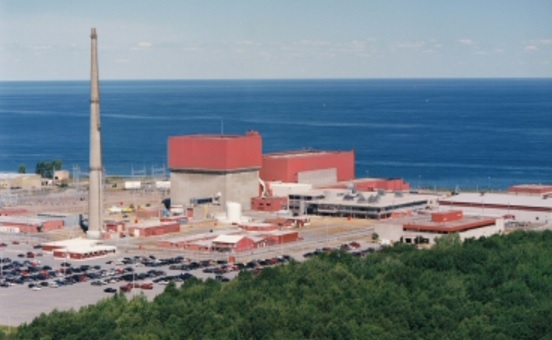
James A. FitzPatrick Nuclear Plant; courtesy Entergy Nuclear
In what may well prove to be a historic deal, Exelon announced this morning (August 9) that it had agreed in theory to purchase the James A. FitzPatrick nuclear station in upstate New York from its present owner, Entergy. This ends a long period of anguished waiting and watching, which began in February when Entergy announced it intended to close the plant and which was brought to a high level of tension in July when it was revealed that Exelon was examining purchasing the plant.
More than a year after the P5+1 and Iran agreed to the terms of the Iran nuclear deal, the debate in the U.S. over the deal's implementation is far from over. In recent months, part of that debate has been focused on what should be done about Iran's stockpile of heavy water. The ongoing controversy offers an opportunity to discuss the provisions in the deal regarding the country's heavy water program and to provide some context for the role of heavy water in the history of nuclear proliferation.
Watch today's Friday Nuclear Matinee: A discussion regarding the big decision in NY on Monday, August 1, 2016 allowing nuclear to qualify for subsidies.
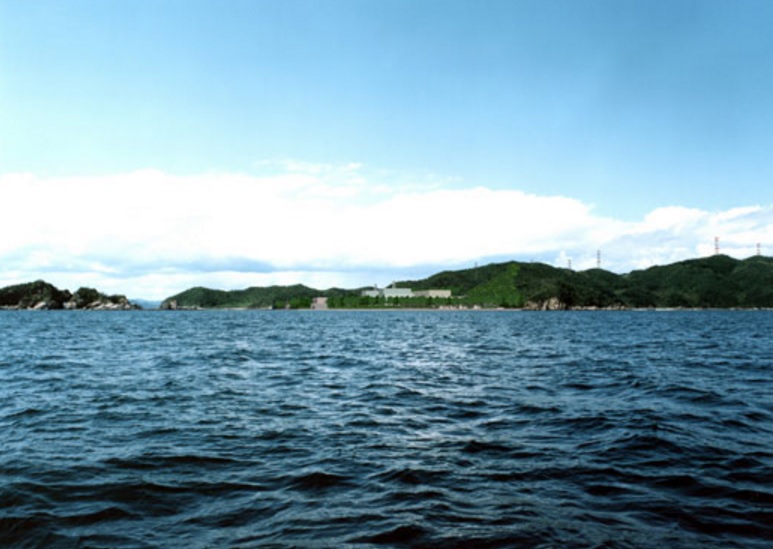
Sea view of prospective Kaminseki Nuclear Power Plant, courtesy Chugoku Electric Power Company.
Some positive news for nuclear energy in Japan this week, related to the continued operation of older nuclear plants and even the construction of new ones.
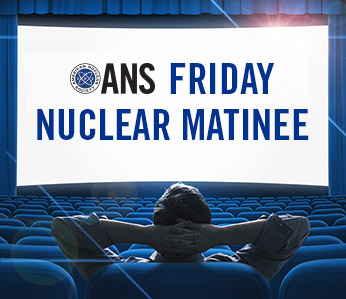
Our feature this week is the very latest update from Georgia Power on the construction of the brand new nuclear units at Plant Vogtle. Some excellent aerial views are given of the plant, including down into the reactor building of Unit 3. Don't miss this important update!
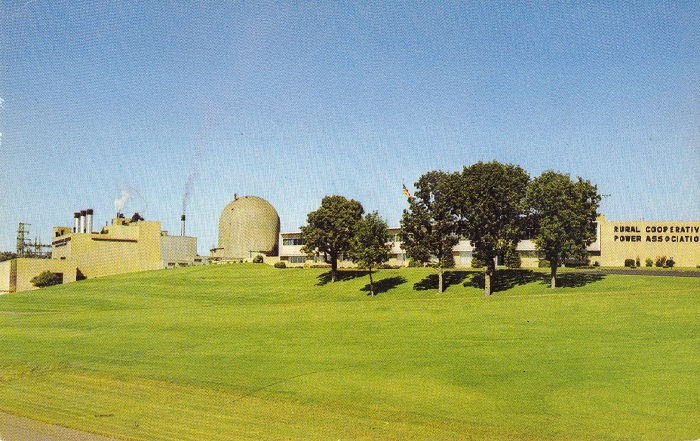
Elk River Generating Station, Rural Cooperative Power Association, Elk River, Minnesota.
The Elk River reactor, as it was generally known in the AEC parlance of the day, was a pioneering effort in America's nuclear energy history. Hailed widely as "Rural America's first atomic power plant," the intention was to provide a pilot installation of a small, simple, and inexpensive nuclear steam supply system that could be duplicated at many far flung locations. Unfortunately for the concept, the Elk River plant in the end proved unable to meet the task for technical reasons; yet, it remains firmly in history as one of the well known early nuclear energy installations. What follows is a brief history of the project and its major players.
by Andrew Reimers
On Wednesday, ANS Nuclear Cafe published a piece on Small Modular Reactors. Today, we present a short video covering some of the progress on Argentina's CAREM SMR, which was featured some time ago right here on this blog when the project to build it was launched.
As of this year, more and more developing nations around the world are actively considering nuclear power as a practical energy solution. Taking into account the looming depletion of fossil fuels and rapidly worsening impacts of climate change, the benefits of nuclear are becoming harder to ignore - as a safe, reliable and carbon-free source of energy, it's a viable path to growth for nations grasping at the chance of a sustainable future.
In recent years the allure of small, flexible, easy to construct and operate nuclear plants incorporating small modular reactors (SMR) have continued to grow for a host of reasons. Here in the United States, we've watched the saga of the SMR unfold fairly slowly over the last few years, as companies have entered the fray to various levels of success and have achieved varied degrees of progress.* Now, the latest large step in getting these small and versatile reactors into the worldwide commercial market has been taken - by an effort involving Saudi Arabia and South Korea.
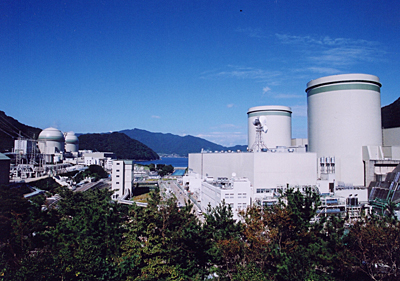
Kansai Electric Power's Takahama Nuclear Generating Station. Unit 1 and 2 are on the right; Units 3 and 4 are in the background on the left. Courtesy Kansai Electric Power.
On July 12, the Otsu District Court in Japan made a significant decision regarding the future of Kansai Electric Power's Takahama nuclear station when it upheld a previous lower court injunction against the operation of Units 3 and 4 at that site. The district court had received a petition from just over two dozen intervenors in Shiga Prefecture earlier this year; legal wrangling ensued, with Kansai Electric filing an objection which ultimately today appears to have fallen on deaf ears. As it now stands, there is a provisional injunction against the startup of these two plants.